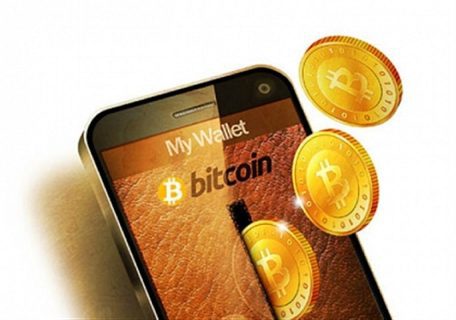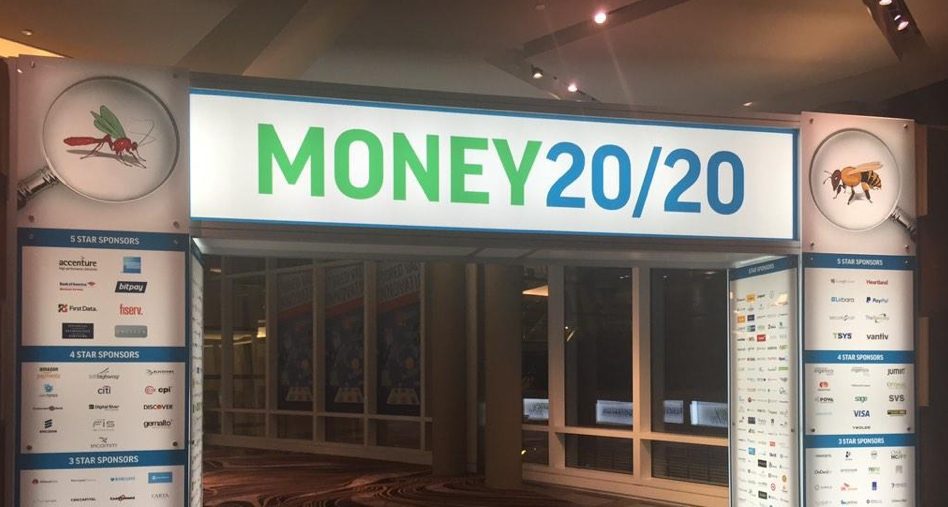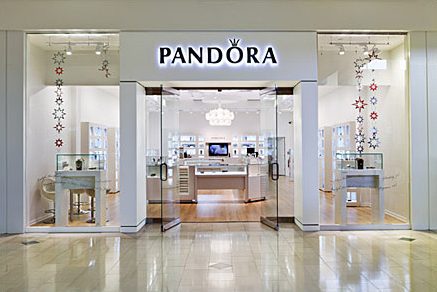Bitcoin is the Dark Knight of currencies, with dual identities that include savior and scoundrel. Depending on how you view these and other virtual digital currencies, they are:
• Efficient, up-to-date tools to reduce fees, bring the “unbanked” into the commerce system and introduce new levels of transparency to financial transactions; or
• Volatile, anonymous weapons for hackers, criminal activities, money laundering and ransomware payments.
Wherever the truth lies, retailers need to educate themselves on bitcoin and its associated blockchain technology. Bitcoin’s usage is on the rise, and a number of big-name retailers and payment systems have brought it into the fold. In Japan, the country’s financial regulators have recognized bitcoin as a legal payment method. Bitcoin is highly mobile-ready, and it could make mobile wallet offerings more attractive to both retailers and consumers. Additionally, blockchains can provide retailers with protections against returns fraud and offer luxury goods greater brand integrity.
While fears and uncertainty about bitcoin remain, the virtual currency is gaining momentum in the retail sector: Early adopters Overstock and Newegg already are completely bitcoin-compatible, and Starbucks has partnered with bitcoin wallet iPayYou to allow its mobile app users to pay with the digital currency. Brands including Best Buy, Sears, Gap, The Home Depot and GameStop enable bitcoin users to buy online gift cards with the currency. In May 2017, the Payza global payments platform incorporated bitcoin into its eWallet offering.
The number of bitcoin transactions is on the rise. “Bitcoin transactions are processed by a group called ‘miners,’ who maintain the network and get paid for their work in newly created bitcoin and through transaction fees,” reported the Wall Street Journal in a July 2, 2017 article. “The increased popularity of the currency has pushed the number of transactions to about 260,000 a day from 100,000 a few years ago.”
Some retailers use bitcoin as a marker of their appeal to younger consumers. Betabrand, an apparel retailer that relies on crowdfunding and crowdsourcing, saw an AOV spike of 35% when it made an installment payment option available.
“We’re realizing that the younger customer base either doesn’t have a credit card at all or has low credit card limits because that’s how they behave,” said Betabrand CMO Aaron Magness. “They do still spend a good portion of their disposable income on apparel, so we wanted to provide an experience that was easier for them to make a purchase and plan on the payments around that.”
But the cryptocurrency could easily be derailed, according to a July 13, 2017 report from PYMNTS.com. Because bitcoin’s price continues to rise, retailers’ interest is waning. Transaction fees also are increasing, which deters shoppers from using bitcoin in smaller transactions, PYMNTS.com reported.
Bitcoin And Blockchain Defined
Before assessing the future viability of bitcoin and blockchain, here are some useful definitions: bitcoin is a “cryptocurrency” (that is, it’s not supported by a government, like a fiat currency such as the dollar or the euro) that was developed by a group of programmers and released as open-source software in 2009. It’s used in a peer-to-peer system: Transactions take place between users directly without an intermediary such as a bank. The transactions are verified and recorded in a public distributed ledger called a blockchain. According to Wikipedia, more than 100,000 merchants and vendors accepted bitcoin as payment as of February 2015.
Bitcoin: Retail Friend Or Foe?
Bitcoin’s supporters agree that while it has a checkered past and possibly present, it is moving solidly in the direction of law and order. “Bitcoins today are widely used and publicized by criminals,” admitted Alon Kantor, Business Development Manager at Check Point during a recent roundtable discussion. “Bitcoin became the number one method of payment for ransomware finances. Today there are several competing coins or different financial institutions trying to overcome these issues and to become more legitimate, but still there are a lot of benefits in the anonymity.”
Recently, 22 global banks joined a blockchain Proof of Concept (PoC), perhaps indicating the technology’s move into the sunlight.
Others participating in the roundtable argue that blockchains actually are more secure than other transaction types. “While you can transfer money and process payments online now, there is not the added layer of security that blockchains can provide, because the third party that performs the processing has access to all your data and financial information, including who you are making the payment to,” said Raimund Gross, Innovation Manager, SAP.
“That same transfer that’s happening actually comes at a cost to the end user, which is basically our privacy and our security, because all of our information is actually going through Venmo, PayPal, or Visa,” said Jeremy Epstein, CEO, Never Stop Marketing.
Blockchain Can Combat Returns Fraud, Protect Brand Integrity
The associated blockchain concept also merits retailers’ attention. This underlying technology offers a number of business-related applications, according to Ramesh Siromani, a partner at A.T. Kearney, in an interview with Retail TouchPoints. “Other use cases beyond payments include identity storage, asset ownership, title storage and transfers, certifications (supply chain, inventory, etc.), smart contracts and escrow accounts.”
For retailers and brands, the ability to transparently track a transaction’s progress makes it a powerful weapon against brand fraud, according to an IBM Institute of Business Value study.
“Blockchain is like a shared operating system where all parties involved in an exchange have open access to an unchangeable digital record of transactions,” wrote Laurence Haziot in a Retail TouchPoints Executive Viewpoint in December 2016. “This makes it ideal for tracing the authenticity of goods as they move from manufacturers to suppliers, all the way to retailers’ store shelves and, eventually, to consumers.
“By smart tagging luxury items like designer handbags and putting them on a blockchain, both consumers and retailers will have a higher degree of confidence that purchased or returned items are authentic,” Haziot added. “Stopping brand impersonation online is a necessity, not a luxury.”
Optimizing Mobile Wallets’ Utility
Brendan Miller, Principal Analyst at Forrester Research, noted that blockchain has several practical applications for retail: “A consortium of businesses will save time and money by sharing common business processes on one ledger instead of siloed individual ledgers,” he said. “For example, a merchant who uses a blockchain digital ledger to issue and settle coupons, points and gift cards could enable a mobile wallet to present the most optimized combination of coupons and/or cards for payment on behalf of the consumer and settle the entire transaction.”
Bitcoin does have drawbacks beyond its criminal associations. The currency is highly volatile, the result of a conflict between those that see it primarily as an investment (like precious commodities such as gold) vs. those that see it as a currency/payment method. The currency faction “wants bitcoin to be as fast and easy to trade as a dollar,” according to the Wall Street Journal. Additionally, bitcoin’s current structure means that trades are slow, clocking in at approximately seven transactions per second — far below the hundreds of thousands per second processed by networks like Visa. Some traders are avoiding bitcoin and moving into other “coins” such as ethereum. Siromani reported that there are more than 500 cryptocurrencies: well-known ones are DASH, Ripple, Monero and Litecoin.
Transaction fees on bitcoin also have been on the rise, making it less practical as a consumer payment method. The cost hit a high of $5 per transaction in early June; two years ago, the per-transaction fee was less than a nickel.
Retailers may want to focus more on blockchain applications rather than bitcoin and other virtual currencies. While “average daily [bitcoin] volumes have been increasing exponentially, most of these transactions are speculative in nature and not for retail or other transactions,” said Siromani. However, “since the volumes are growing in general, it is good [for retailers] to have the payment acceptance method, but it is more likely that customers’ preference for credit and debit cards will not drastically change in the near future.”












